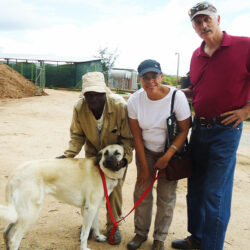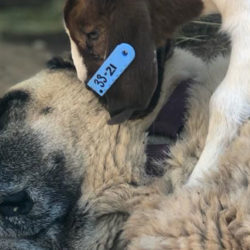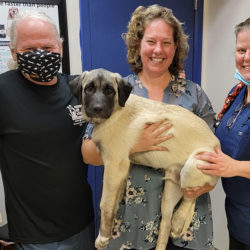Puppy Delivery Journey with Gebhardt
-
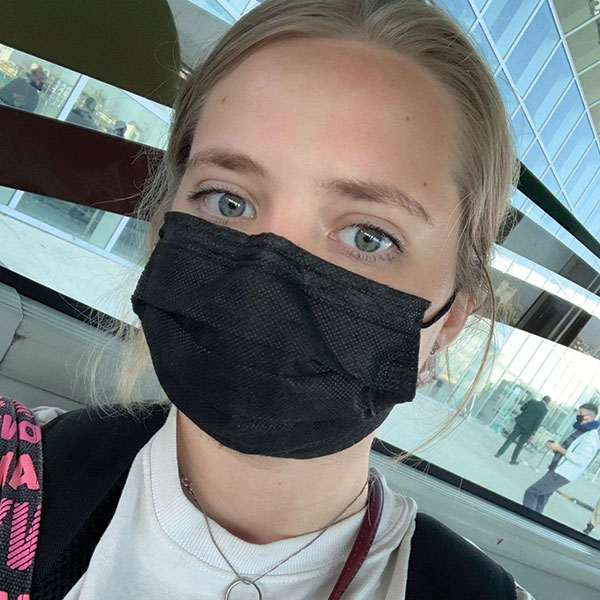
- by Alex Bolesky April 8, 2022
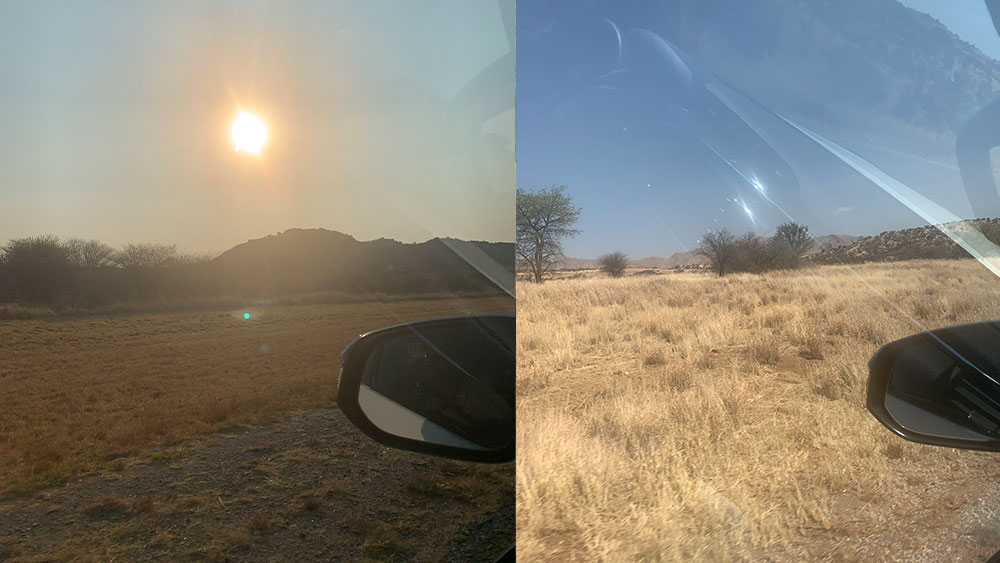
I have had so many amazing experiences in my six months as an intern on the ‘best section’ at the Cheetah Conservation Fund (CCF) (an inside joke among all the CCF departments). However, one of the best was assisting Gebhardt Nikanor, Livestock Guarding Dog Educational Officer, with a Livestock Guarding Dog puppy placement. I chose to work with the dogs during my internship here, which meant I helped with the day-to-day husbandry of all onsite livestock guarding dogs (LGDs), assisted with dog veterinary procedures, and helped manage and maintain the data records of each dog that has come through the program.
It also meant I had the opportunity to assist in the raising of five litters of puppies from birth all the way until they were old enough to be placed on farms across Namibia. These dogs, Anatolian and Kangal Shepherds, have been guarding livestock from predators for over 6,000 years in Turkey and CCF’s research shows can reduce livestock losses from 80-100%. This means that farmers across Namibia don’t have to kill predators such as cheetahs, as they don’t have to worry about predators preying on their herds.
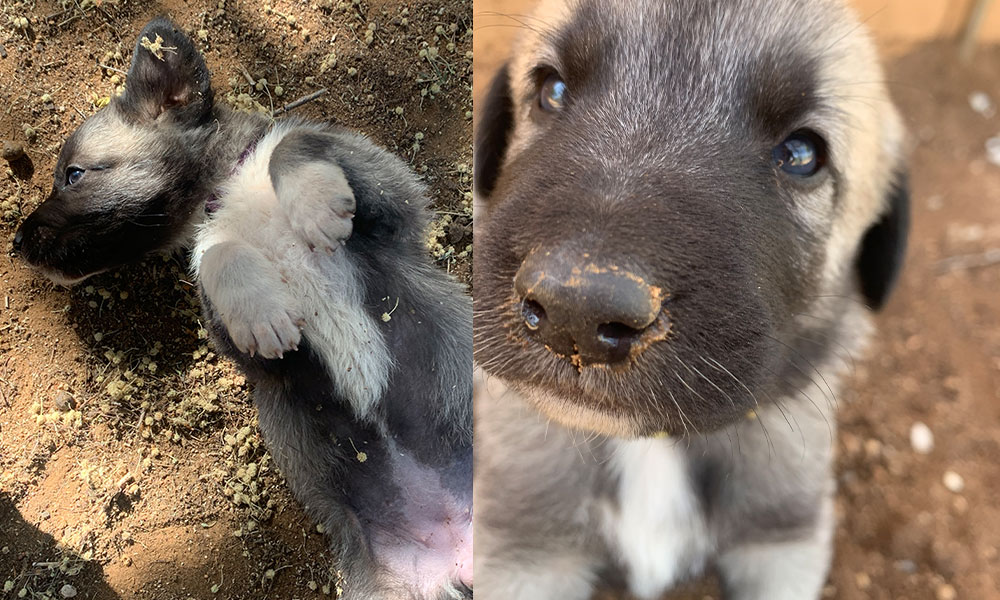
We place our puppies at around 11 weeks of age. Each farmer has to submit an application and go through a pre-approval process, and once approved pays N$1500.00 (approximately US$100). Gebhardt delivers the puppies and teaches the farmers about basic care, and then undertakes check-ups throughout the dog’s life. He also administers vaccinations and dewormers at these check-ups. Gebhardt drives all over Namibia making sure all of our dogs on farms (currently 168 dogs) are properly taken cared for.
My boss, Calum, the Livestock Guarding Dogs and Small Stock Manager at CCF, asked if I wanted to join Gebhardt sometime to place one of the puppies, and of course I said yes. I talked to Gebhardt, and he agreed.
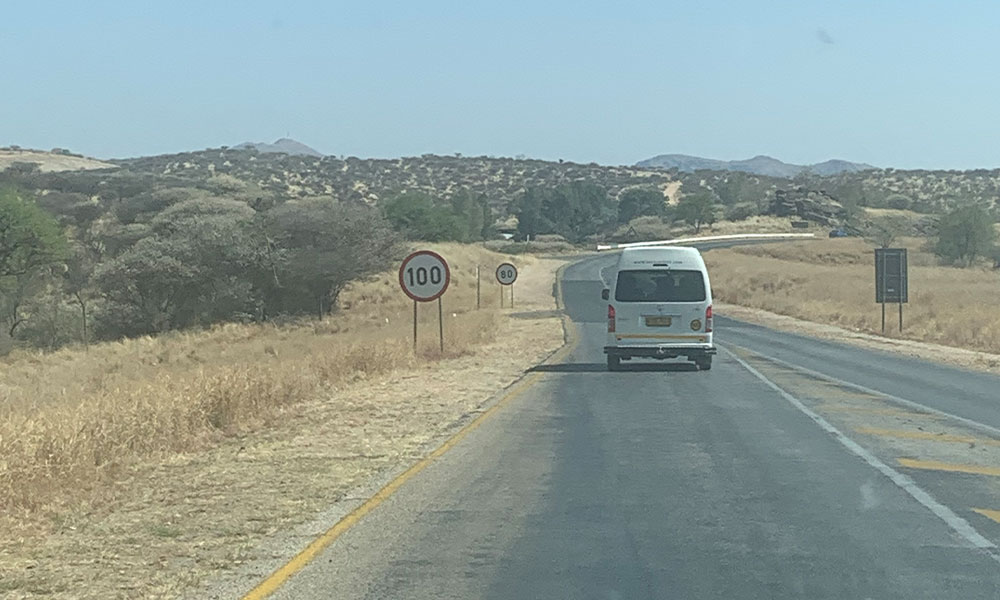
At 6:00am he picked me and the puppy up at CCF and we headed out. Gebhardt pre-planned that this puppy would go to a farm outside of the capital, Windhoek, so it was about a 5-hour drive one way. We stopped to get coffee and snacks in Otjiwarongo, and then we were off. We talked about all kinds of things and bonded over our shared love of coffee. I slept some as well. We passed Windhoek, and Gebhardt navigated the back farm roads as if he grew up there.
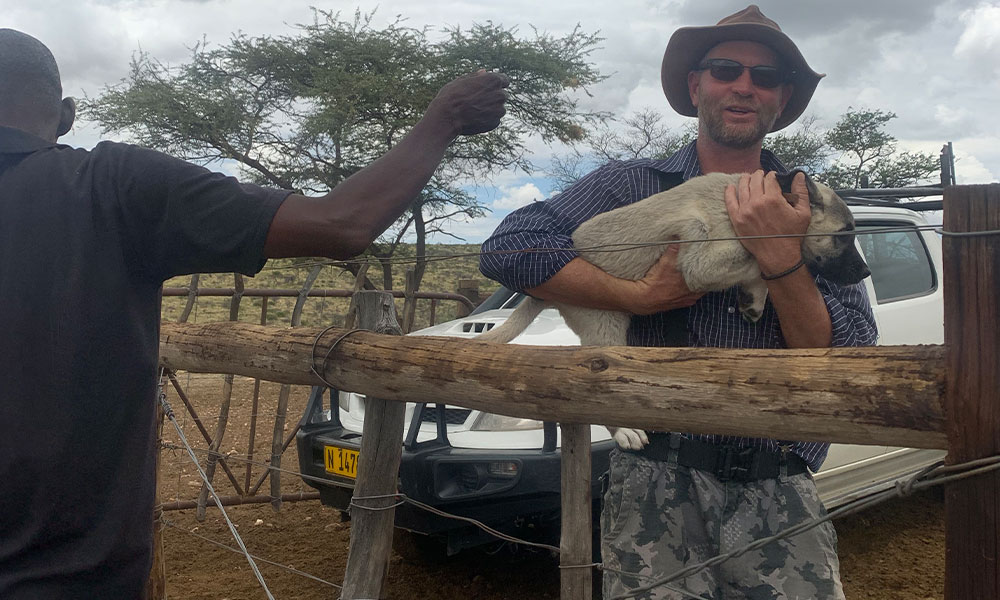
We arrived at the farm and met the owner at the gate (above). This puppy was going to guard cattle, one of the first few times we have placed our dogs with large stock. To keep the puppy safe while she is still little, we decided she would need to sleep in a smaller crate inside the kraal with the cattle, in order to bond with the cattle, have a safe place to go in and out of, and for the cattle to not see her as a threat.
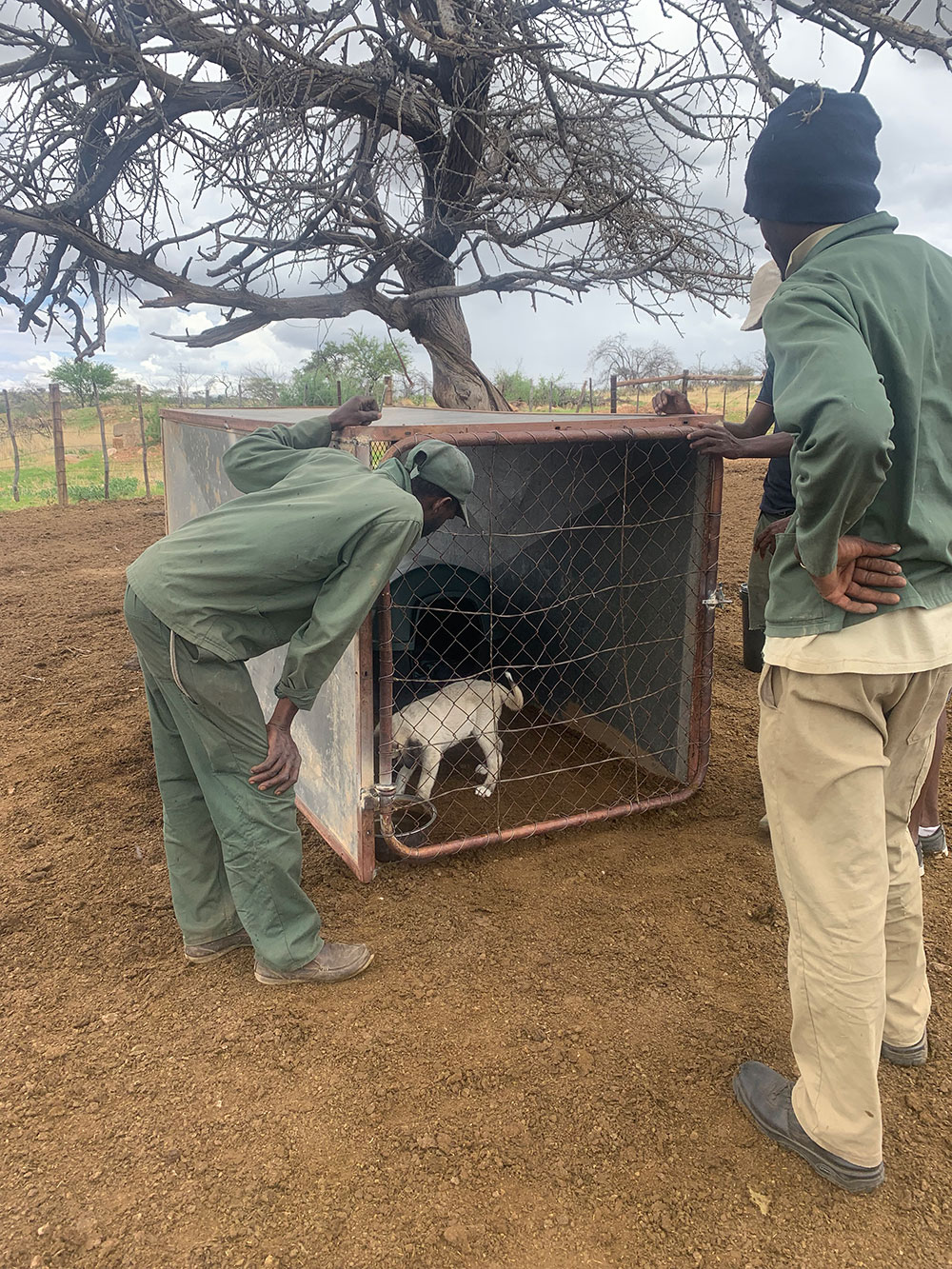
The owner of the farm would not be taking care of her, instead his farmworker (above), who stayed at the cattle post, would be doing daily care. For the farmworker to bond with her, the owner told him to name the dog. Gebhardt showed him how to feed and care for her, and the owner signed our contracts. All of this was happening in English, Afrikaans, and Oshiwambo, Gebhardt being able to speak all three.

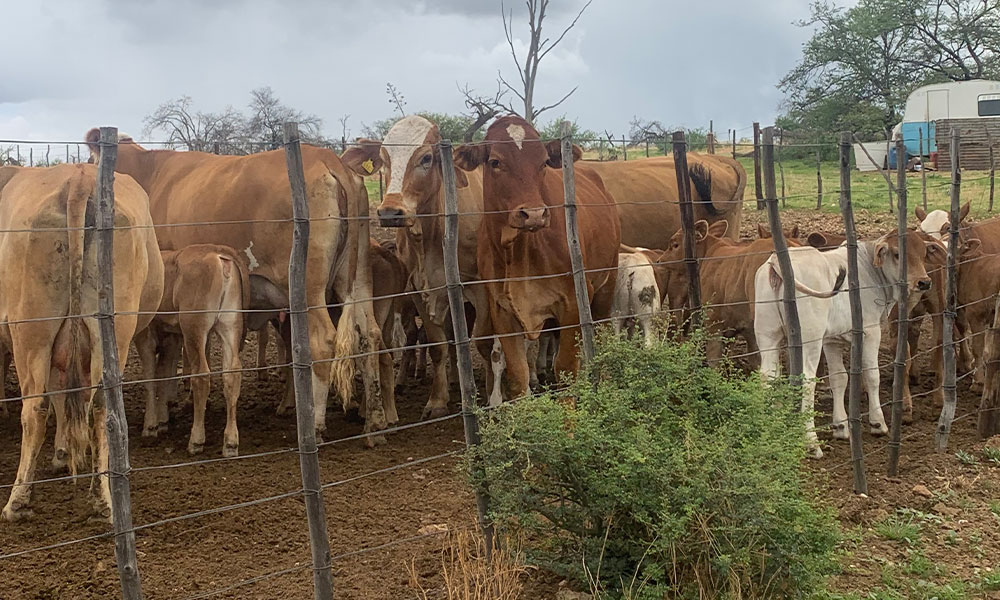
We left, planning to do another check-up in a little less than a month. On the way back we stopped in Windhoek for more coffee and some chocolates, and then made the long drive back to CCF. We got back around 18:30, just in time for dinner. It was an amazing day, not only getting to see so much of Namibia but getting to interact with local farmers and see how our dogs start their journey. These dogs do amazing work, and I am so grateful I got to spend time with them and see them in action.
Related Reading
-
October 3, 2022
Eulogy for Aleya – CCF’s Stubborn Sweetheart -
October 29, 2021
CCF’s LGDs EmBARK on an International Journey

